Growing live plants in your aquarium is a great way of keeping the water clean and safe for your fish, providing shelter for shy fish and vulnerable fry, and adding natural beauty to your aquascaping.
Living plants need sufficient light for photosynthesis, and while most species derive the additional nutrition that they require from the water column, many do best when supplemented with aquarium plant fertilizer.
But do your plants really need fertilizer? What do fertilizers do? And what different types of fertilizers are available?
In this guide, we explain how aquarium plant fertilizers can benefit your live plants and review some of the best products on the market.
Quick Comparisons Of The 9 Best Aquarium Plant Fertilizers
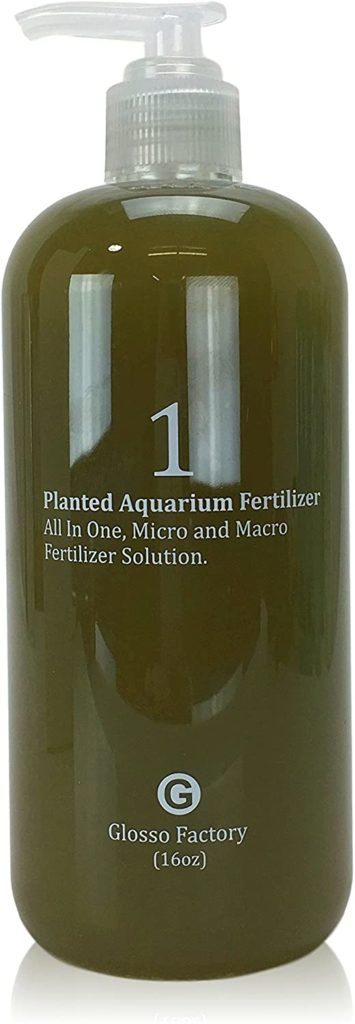
BRAND
Glosso Factory All in one Planted Aquarium Fertilizer
DETAILS
- Ideal for column feeding plants
- Contains all the nutritional requirements of aquatic plants
- Excellent value
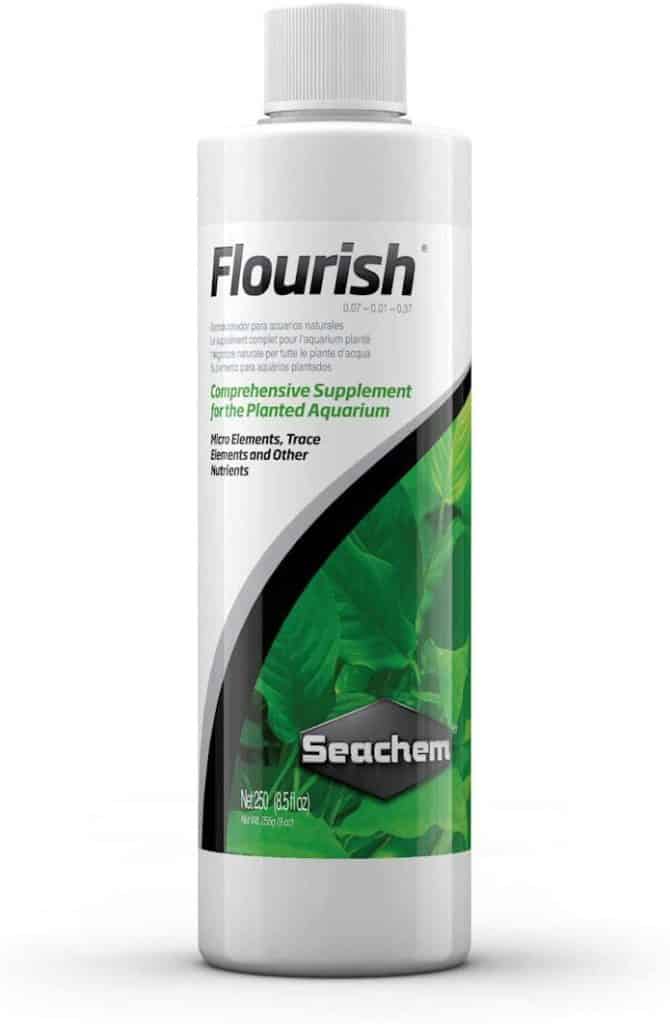
The Seachem Flourish Series
- Customizable range of products
- Excellent quality
- Highly effective

API Leaf Zone Freshwater Aquarium Plant Fertilizer
- Formulated for tanks with a high bioload
- Simple, beginner-friendly formula
- Very affordable
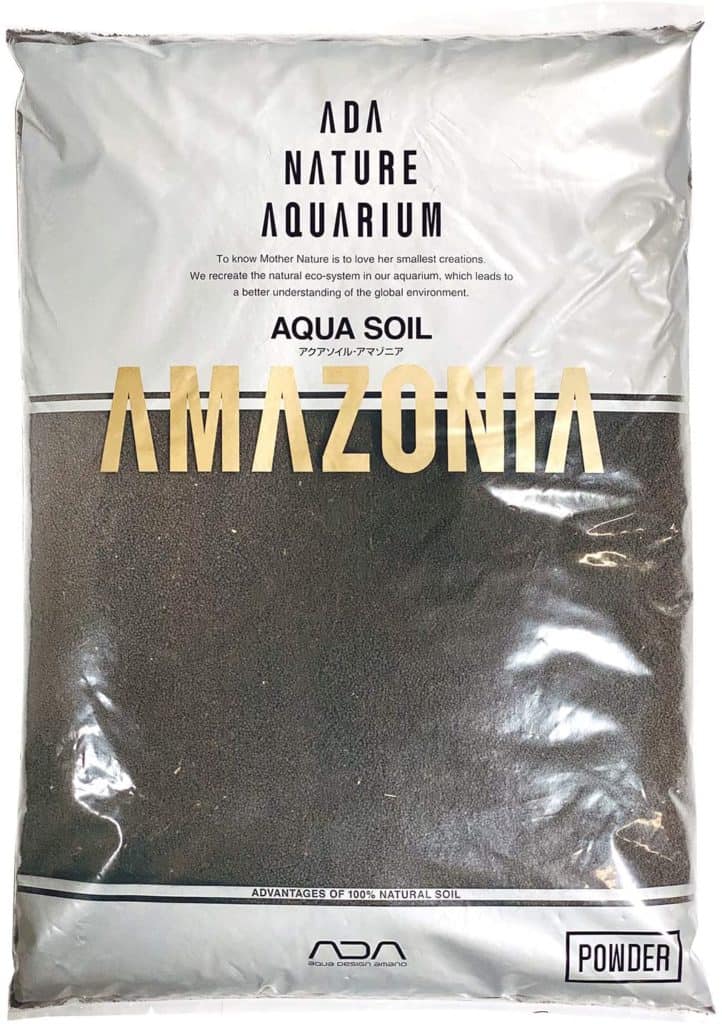
ADA Aqua Soil Amazonia
- Excellent in newly planted aquariums
- Highly effective and quick-acting
- Suitable for fish-in cycling
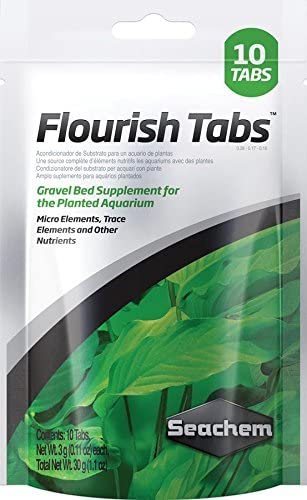
Seachem Flourish Tabs
- Ideal for root-feeding plants
- Easy to use
- Perfect for tanks with a heavy bioload

Aqueon Aquarium Plant Food
- Excellent value
- Highly effective
- Contains over 90 species of bacteria
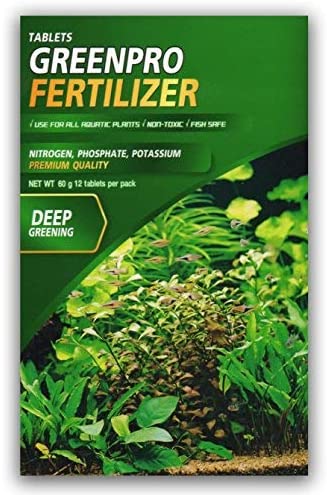
Greenpro Root Tabs Fertilizer
- Slow-release form of plant nutrition
- Easy to use
- Excellent value for money
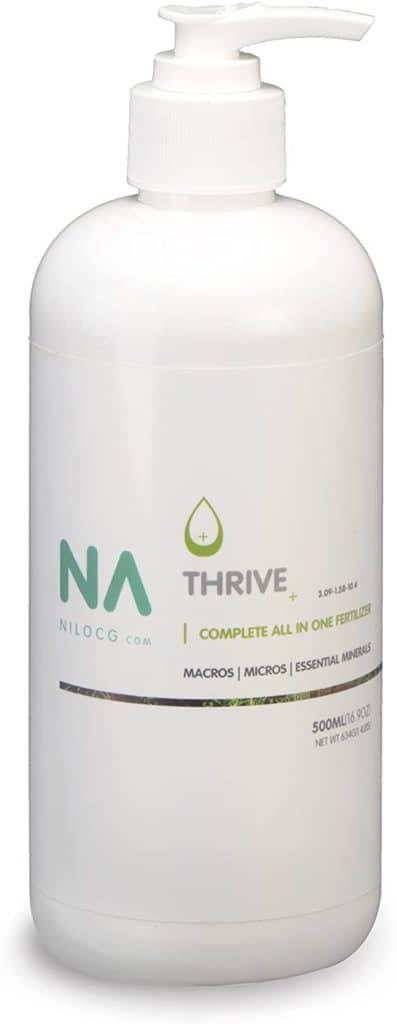
NilocG Aquatics Thrive+ All in One Liquid Fertilizer
- Premium product formula
- Easy to use
- Super-fast absorption for quick effectiveness
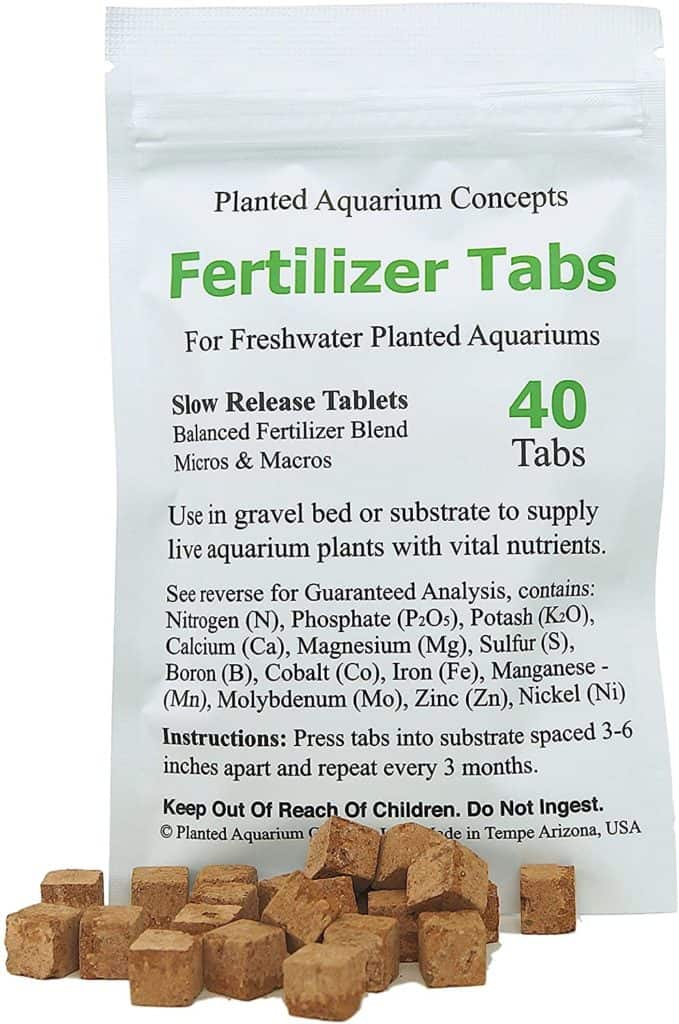
Planted Aquarium Concepts Aquarium Plant Root Fertilizer
- Excellent value
- Easy to use
- Slow-release fertilizer for convenience
Do Aquatic Plants Really Need Fertilizer?
Most species of aquatic plants do need additional fertilizer to thrive. So, just as you need a balanced, nutritious diet to keep healthy, your plants need certain nutrients, too.
Many of the nutrients that plants need are present to some extent in the aquarium water or substrate. However, given that you’re carrying partial water changes to remove nitrates from the water so that it’s healthy for your fish, you’re also stripping away some of the nutrition that your plants need.
What Nutrition Do Aquatic Plants Need?
Aquatic plants need large quantities of macronutrients and micronutrients. They also need CO2, which they exchange with oxygen during photosynthesis.
Macronutrients
The following substances are classed as macronutrients because plants need them in large quantities. The three most essential macronutrients that are contained in aquarium fertilizers are:
Nitrogen (N)
Plants obtain several different forms of nitrogen, including nitrate (NO3-) and ammonium (NH4+). Nitrogen is needed for growth and forms an essential part of chlorophyll.
Phosphorous (P)
Phosphorus is a substance that’s derived from a mix of potassium oxide (potash K2O) and phosphorus pentoxide (P2O5), collectively known as monopotassium phosphate.
Phosphorus also contains potassium and is primarily used by plants for flowering and fruiting. However, this macronutrient is critical for all processes where the plant needs energy.
Potassium (K)
As mentioned above, potassium is derived from water-soluble potassium oxide (potash K2O). Plants use potassium to strengthen leaves, roots, and other growing points.
It’s worth noting that if your tank has lots of livestock, the creatures will create phosphorus and nitrogen, so it’s beneficial to add potassium alone.
Micronutrients
Micronutrients are used by plants in relatively small amounts. Micronutrients most commonly found in plant fertilizers include:
- Manganese (Mn)
- Iron (Fe)
- Copper (Cu)
- Chlorine (CI)
- Boron (B)
- Cobalt (Co)
- Molybdenum (Mo)
- Nickel (Ni)
Plants use other micronutrients too, but these are generally found in tap water, so you won’t need to add them to your tank unless you use RO or some other kind of water.
What Happens If Plants Don’t Get The Nutrition They Need?
If your plants are deprived of any of those nutrients, they won’t thrive and might even die. So, to ensure that your plants grow properly and do well, use fertilizer.
The following graphic shows what happens to plants when they don’t receive the nutrition that they need:
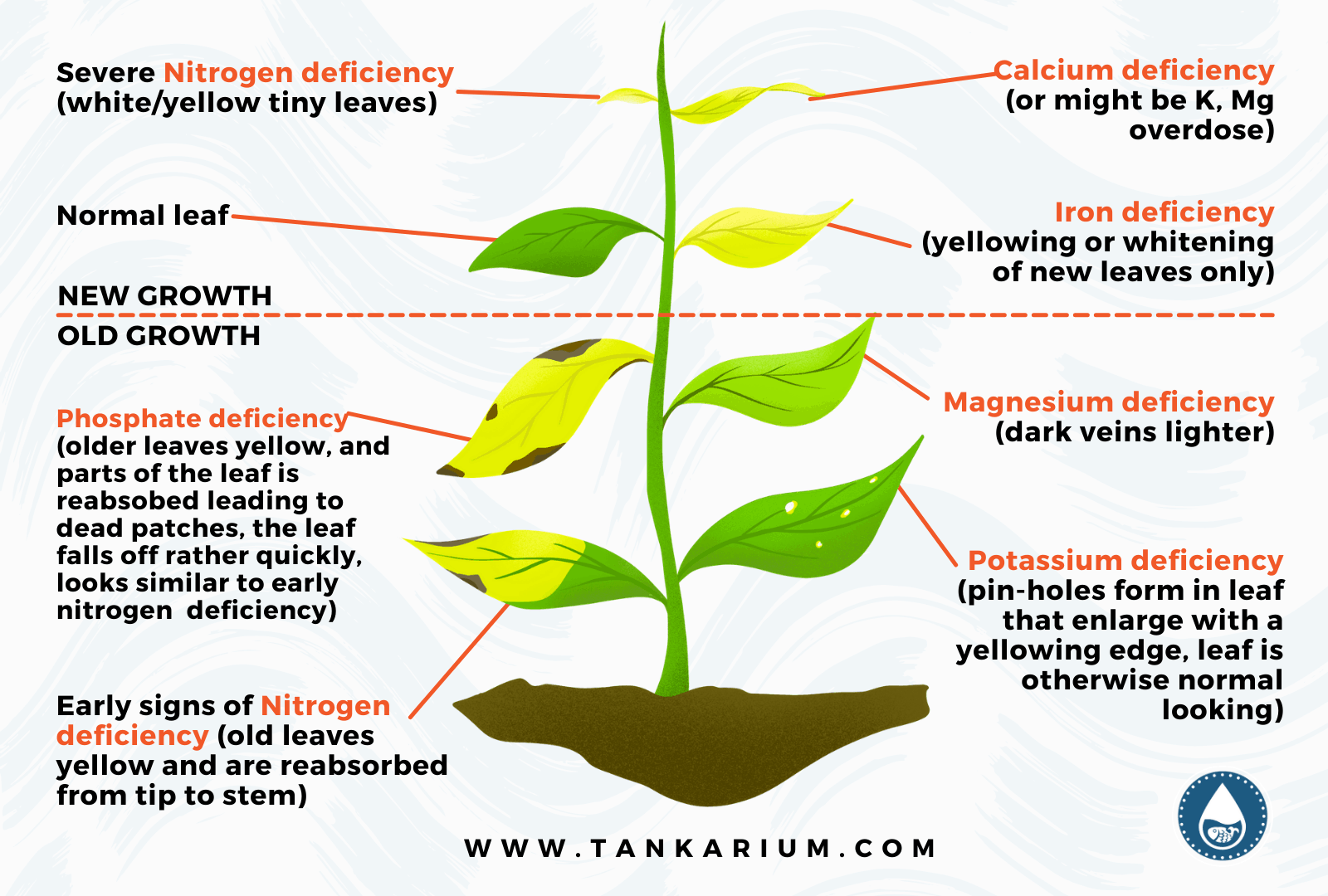
Where do plants obtain the nutrition they need?
Most of the nitrogen and phosphorus that plants need come from fish waste and uneaten fish food. However, most of the minerals required must be added to the water in supplementary form or provided in a special plant-specific substrate layer underneath the gravel or sand.
Plants obtain the carbon they need for healthy growth by consuming CO2 and producing oxygen during the day. At night, the process is reversed. Although it’s not essential for healthy plant growth, some hobbyists like to add supplemental CO2 to their planted tanks during the daytime to encourage more vigorous growth and vibrant color.
You can add carbon in tablet and liquid supplement form, as well as by using a DIY yeast generator. However, the most popular method of supplying aquatic plants with CO2 is to use a pressurized injection system that’s synchronized with your tank lighting unit.
One disadvantage of using CO2 to boost plant growth is that you might need to increase the amount of liquid supplements to meet the flourishing plants’ demand.
How Do Your Plants Feed?
When choosing a fertilizer for your plants, it’s essential that you pick one that suits your plants’ method of absorbing nutrients. Aquatic plants fall into two primary groups:
Column Feeders
Column feeders are plants that derive the nutrients they need directly from the water column. These plants use rhizomes or “creeping root stalks” to extract what they need from the water.
Column feeding plants can be free-floating, attached to wood or rocks, or sometimes planted in the substrate.
Root Feeders
Root feeders take up nutrients directly from the substrate via their root systems. If your plants are root feeders, it’s essential that you use a gravel substrate so that the plants are securely anchored. Also, there must be sufficient space for water to flow between the fragments of gravel and over the plant’s roots.
Some root-feeding plant species can also live as floating plants, putting out their white, thread-like roots to take nutrients from the water column.
What Are The Different Types Of Aquarium Plant Fertilizers?
There are three primary forms of aquarium plant fertilizers:
Liquid Aquarium Fertilizers
Liquid fertilizers are essential plant nutrients contained in a solution that you simply add to your tank water.
These products are perfect for column-feeding plants such as African water fern, anubias, mosses, and Java fern. Although liquid fertilizers do find their way down into the gravel, they’re not ideal for root feeders such as Amazon swords.
Aquarium Soil
As you’d expect from the name, Aquarium soil is a special soil that’s formulated specifically for use in fish tanks. The soil contains all the nutrients that plants need, so you probably won’t need to add any further supplementary fertilizer.
So, you add a layer of soil to your tank and put the gravel substrate over the top of that. These fertilizers are ideal for root feeders, such as Cryptocoryne, Amazon sword, Sagittaria, and the like.
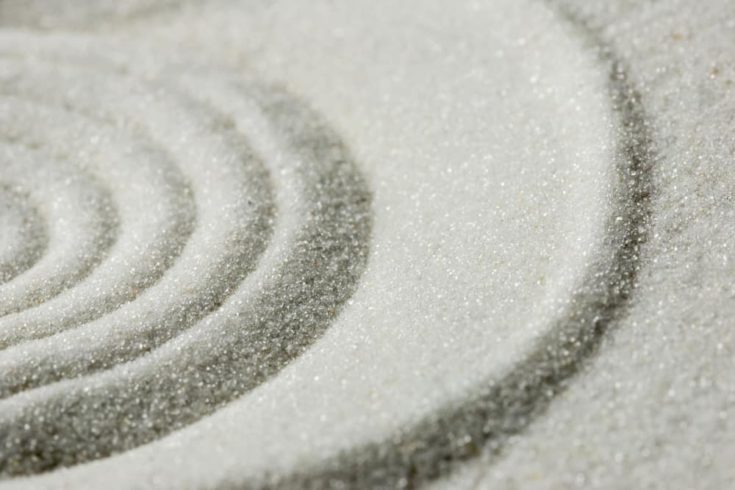
The main drawback of these kinds of fertilizers is that they break down over a year or two, turning to mud once the plants have stripped out all the nutrients. That means you then have to tear out all your plants, excavate the spent substrate, and begin all over again.
Also, aquarium soil substrates tend to leach ammonia when you first add them. That’s fine in a new setup, as the ammonia helps to kickstart the nitrogen cycle. However, in an existing, balanced tank, the addition of soil-based fertilizer can create an ammonia spike that might kill your fish.
Root Tabs
Root tabs are basically small pieces of compressed aquarium plant fertilizer, which are generally used if you have gravel or sand in your tank.
Simply bury the root tabs in the gravel around the bases of root-feeding plants. Over time, the tabs gradually dissolve, and the plant roots take up the nutrients from the water. Root tabs provide an excellent alternative to aquarium soil if you have root-feeding plants to cater for.
How Do I Know What Form Of Fertilizer Is Appropriate?
Pro Tip
If you have column feeders in your tank, you need to use a liquid fertilizer. Alternatively, if all your aquarium plants are root feeders, you need root tabs or aquarium soil. In tanks where both types of feeders are present, you should use a combination of fertilizer types.
Are Fish Tank Fertilizers Safe For Your Fish And Other Creatures?
In general, most aquarium plant fertilizers are perfectly safe to use with most fish species and other critters.
That said, it all depends on what the fertilizer contains and what livestock you have in your tank. For example, some fertilizers contain copper. Copper is an essential micronutrient for plants, but it can be deadly for some aquarium residents.
For example, some highly sensitive fish species can be adversely affected by the presence of copper in the water. The long-term use of copper can damage spleens, kidneys, gills, and other organs in some fish. Copper is deadly for invertebrates, including shrimp and snails, and also damages the beneficial bacteria in your biofilter.
So, before adding any plant fertilizer to your tank, be sure to do your research thoroughly to make sure that the fish and other critters you keep won’t be harmed by any of the constituents.
How To Choose An Aquarium Plant Fertilizer
There are three primary considerations when choosing an aquarium plant fertilizer:
What Nutrients Do Your Plants Need?
In most fish tanks, the macronutrients mentioned above are already plentiful in fish waste and fish food. However, many fertilizers contain the following essential macronutrients nutrients in various quantities:
- Nitrogen
- Potassium
- Phosphorus
In a tank that contains livestock, you don’t need to supplement these macronutrients. Adding more of these substances to your tank can disturb the water chemistry balance, which could be harmful to your fish.
What you do need to provide for your plants are micronutrients, including:
- Manganese (Mn)
- Iron (Fe)
- Copper (Cu)
- Chlorine (CI)
- Boron (B)
- Cobalt (Co)
- Molybdenum (Mo)
- Nickel (Ni)
What’s Safe For Your Livestock?
Next, you need to research your fish and other livestock very carefully to establish if any of the substances contained in plant fertilizers are potentially harmful.
How Do Your Plants Feed?
Finally, you need to do more research to find out how the different plants in your tank derive their nutrition.
For example, if all your plants are root feeders, there’s little point in using liquid fertilizer, as not enough of the nutrition it contains will find its way to your plants’ roots. You need to use root tabs instead.
Q&A
Here are the answers to some of the most commonly asked questions about aquarium plant fertilizers:
Q: How much fertilizer do aquatic plants need?
A: That depends on the size of the tank, the number of fish living in it, the species of plants, and the kind of substrate they’re planted in.
Generally, you need to research the plant species and fertilize the plants as per the manufacturer’s instructions.
Q: How do I know when my plants need fertilizer?
A: If your plants fail to thrive, usually it’s because they’re not getting enough light or nutrients are insufficient in the tank. If you have a lot of algae growing in the tank, it will take nutrients from the water, effectively depriving your plants of what they need.
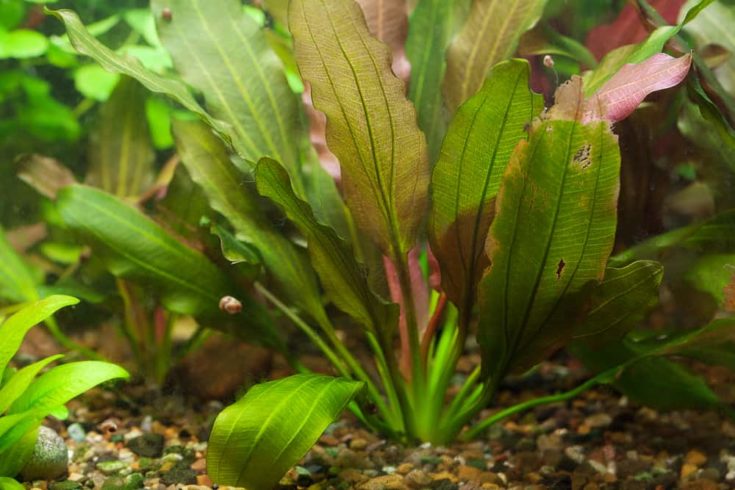
Some nutrient-deprived plants develop holes in their leaves, the leaves turn brown, or the plant dies altogether.
Q: Why are my plants’ leaves turning so pale?
A: Healthy plant leaves are bright green because they contain lots of chlorophyll. If the plants aren’t getting enough light or nutrients, the leaves will fade and become pale.
Q: What nutrients do plants need?
A: Aquatic plants need light, CO2, and nitrates, as well as certain trace elements.
Q: My friend’s aquatic plants grow beautifully, and he doesn’t use fertilizer. How so?
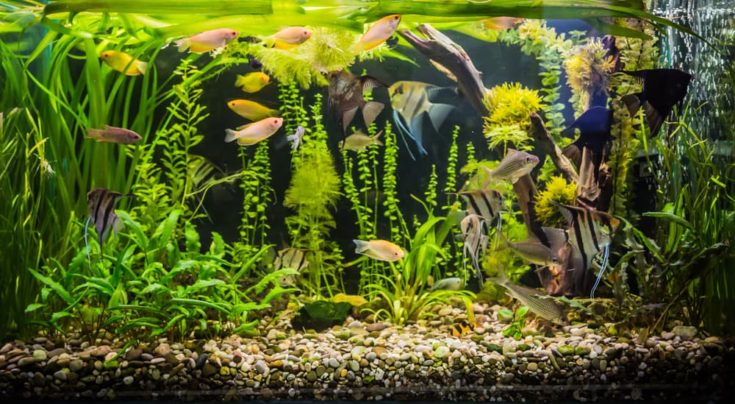
A: Many people grow aquarium plants very successfully without using any kind of fertilizer. That’s often down to a combination of beginner’s luck and picking plants that are extremely hardy and undemanding.
Top 9 Aquarium Plant Fertilizers
Now you have a greater understanding of why certain aquatic plants can benefit from the addition of plant fertilizers, let’s take a look at some of the best products that are currently available on the market.
You can click the handy links we’ve included for more information about each product, including other buyer’s reviews. When you’ve found the ideal plant fertilizer for your tank, go ahead and order!
1. Glosso Factory All in one Planted Aquarium Fertilizer

- Ideal for column feeding plants
- Contains all the nutritional requirements of aquatic plants
- Excellent value
Glosso Factory liquid aquarium plant fertilizer is formulated with all the macro and micronutrients that your plants need in one solution.
Take care when you begin using this product as if you overdo things, algae blooms can occur.
This fertilizer is best-suited to a tank that doesn’t contain many fish. In a heavily-stocked aquarium, fish waste and leftover food will provide plenty of nitrates and phosphorus for your plants, and adding this product would simply be overkill.
The fertilizer contains:
- Nitrogen (N)
- Phosphorus (P)
- Potassium (K)
- Iron (Fe)
- Manganese (Mn)
- Magnesium (Mg)
- Zinc (Zn)
- Copper (Cu)
- Boron (B)
- Molybdenum (Mo)
- Cobalt (Co)
So, this is a very comprehensively formulated product that’s ideal for heavily planted tanks with small numbers of fish.
PROS
- All-in-one formula contains everything your plants need
- Easy to use – just add to the tank water
- Easy to follow, beginner-friendly instructions
- 16oz bottle represents very good value
CONS
- Can turn the tank water cloudy at first
- Might be too strong for a tank with a high bioload
2. The Seachem Flourish Series

- Customizable range of products
- Excellent quality
- Highly effective
Seachem Flourish is a customizable range of products that’s preferred by more experienced hobbyists.
Rather than an all-inclusive formula, Flourish products separate the micro and macronutrients. So, you can add the nutrients your plants need and leave out the ones that are superfluous. That makes this product ideal for a heavily-stocked tank that already produces lots of phosphorus and nitrogen.
So, I use Seachem Flourish Comprehensive in my goldfish tank. That provides all the micronutrients and potassium my fish need without adding any more phosphorus or nitrogen that’s definitely not required in a tank with such a heavy bioload.
The main downside of this product is that you might need to buy several bottles of different formulas to create the ideal mix for your plants, which could soon push the cost up.
PROS
- Enables you to formulate the perfect fertilizer for your plants
- Excellent choice for heavily-stocked tanks where phosphorus and nitrogen aren’t required
CONS
- Not ideal for beginners
- Can work out expensive, depending on what nutrients you want to add
3. API Leaf Zone Freshwater Aquarium Plant Fertilizer

- Formulated for tanks with a high bioload
- Simple, beginner-friendly formula
- Very affordable
API is a well-known manufacturer of aquarium treatments that has a great reputation for producing high-quality, reliable products that do what they’re designed to do for a reasonable price.
API Leaf Zone is intended for use in high-bioload aquariums that already have plenty of nitrogen and phosphorus for the plants. So, all that this formula contains is Iron (Fe) and Potassium.
If you want a very basic fertilizer for a tank that has a heavy bioload and contains sensitive species such as shrimp, Leaf Zone could be a good choice. The product is very reasonably priced too, and the 16oz bottle does last a long time if you follow the manufacturer’s dosing guidelines.
PROS
- Inexpensive product
- Simple formula that’s ideal for planted tanks with a heavy bioload
- Ideal choice for beginners
CONS
- Very limited micronutrient content
4. ADA Aqua Soil Amazonia

- Excellent in newly planted aquariums
- Highly effective and quick-acting
- Suitable for fish-in cycling
ADA Aqua Soil is just about the best of the bunch when it comes to aquarium soil plant fertilizers. So, it shouldn’t come as much of a surprise to learn that this product was developed by Takashi Amano, who is regarded as something of a guru when it comes to aquascaping.
This soil is packed with nutrients that give root-feeding plants everything they need to grow and flourish, and it looks great, too.
Like most aquarium soil fertilizers, ADA Aqua Soil will degrade after a year or two, so you will need to replace it. Also, this product does produce a lot of ammonia when you first add it to the tank, which is not good for a tank that already contains fish. Finally, the soil does tend to cloud the water at first, although that does clear eventually.
PROS
- Nutrient-rich
- Perfect for root feeders, especially carpet plant species
- Aesthetically very pleasing
CONS
- Expensive
- Leaches ammonia into the water
- Tends to affect pH levels
5. Seachem Flourish Tabs

- Ideal for root-feeding plants
- Easy to use
- Perfect for tanks with a heavy bioload
API’s root tabs don’t offer much in the way of nutrients. That said, they’re ideal for a tank with a heavy bioload.
So, these root tabs contain just iron (Fe) and potassium (K). That’s okay if you have a tank that already contains plenty of nitrates and phosphorus but not so good if you want a fertilizer that’s packed with macronutrients. Also, some users complained that the tabs fell apart before they could be correctly placed in the substrate.
PROS
- Does not make the aquarium water turn cloudy
- Easy to use and convenient to store
- Beginner-friendly
CONS
- Doesn’t contain macronutrients
- Some users report that the tabs disintegrate before being fully immersed in the substrate
6. Aqueon Aquarium Plant Food

- Excellent value
- Highly effective
- Contains over 90 species of bacteria
Aqueon is a well-established manufacturer of very high-quality products, and this liquid aquatic plant fertilizer is packed with all the macro and micronutrients your plants need to thrive and grow.
The bottle comes in three different sizes for convenience and is very affordable, making this a good choice for someone just starting out on their aquascaping journey. The formula contains potassium and iron for bright color and good growth, and kelp extract is included, too.
Kelp is a source of cytokinin, which your plants need for root development, making this an excellent choice for new tanks where the plants have yet to become established.
PROS
- Excellent value for money
- Contains added kelp extract for better growth
- A good blend of macro and micronutrients
CONS
- Can be messy to use
7. Greenpro Root Tabs Fertilizer

- Slow-release form of plant nutrition
- Easy to use
- Excellent value for money
These root tabs contain all the essential macronutrients and essential trace elements that plants need for growth and health.
The tabs are designed to release nutrients slowly around the plant bases. That’s ideal for a beginner who might accidentally overdose the tank with a liquid fertilizer. The tabs’ formula is designed to encourage regular flowering and boost plant growth. All you need to do is place one tablet each month into the substrate close to the plant’s crown.
PROS
- Slow-release fertilizer product for optimum effectiveness
- Encourages flowering
- Excellent value for money
- Safe for use with fish and other livestock
CONS
- Placing the tabs in position can be somewhat messy compared to dosing with liquid fertilizer
8. NilocG Aquatics Thrive+ All in One Liquid Fertilizer

- Premium product formula
- Easy to use
- Super-fast absorption for quick effectiveness
This bottle of fertilizer looks like a premium spa product rather than something for your plants!
But NilocG is packed with all the essential micro and macronutrients that your aquatic plants require contained in a convenient solution that you simply add to your tank water at the dosage rate recommended by the manufacturer.
This is an excellent value product. Just one bottle is enough to treat a whopping 2,500 gallons of water, so it will last you for ages. Some fertilizers can encourage algae growth, but this one doesn’t, according to many users.
This fertilizer is perfect for use in high-tech tanks with a pH under 7.0. The bottle has a pump-action lid, making measuring the correct dose easy and mess-free. All you need to do is pump the required quantity of product straight into your aquarium.
As a nice touch, the company offers a full 100% refund if you’re not completely satisfied with their product.
PROS
- Some users report a reduction in algae growth
- Long-lasting bottle gives superb value for money
- Promotes explosive plant growth and flowering
CONS
- Quite expensive when compared with other similar products
9. Planted Aquarium Concepts Aquarium Plant Root Fertilizer

- Excellent value
- Easy to use
- Slow-release fertilizer for convenience
Planted Aquarium Concepts root tabs are a quick, no-hassle way of fertilizing your aquarium plants.
Each bag contains 40 small, brown tabs that contain a slow-release fertilizer. Simply place one tab next to your plants at three to six-inch intervals and leave the tabs to do their job. Unlike some other brands’ root tabs, you don’t need to worry about replanting these for another three months.
The bag is resealable for convenient, safe storage provided that you keep the product out of direct sunlight and at room temperature. The tabs are completely safe to use in a tank that houses fish and invertebrates, too.
PROS
- Tabs contain a balanced formula of macronutrients and micronutrients
- Copper-free so safe for invertebrates and all fish species
- Only require replacement every three months
CONS
- Can be difficult to control the exact dosing rate
In Conclusion
I hope you enjoyed our guide to aquarium plant fertilizers and found the information in the article helpful.
Our favorite product is the Seachem Flourish range of fertilizers. I especially like this product because it allows you to customize the formula to suit the plants I’m growing and the conditions within the tank. One of my tanks has a very heavy bioload while the other doesn’t. Using the Seachem range means that I don’t have to buy two separate products; I can mix and match exactly what nutrition I need for each tank.
If you want your plants to thrive and grow to their full potential, using an aquarium plant fertilizer is definitely the way to go. Choose a product that suits the requirements and feeding styles of the plant species you have, and make sure that the formula you pick is safe for fish and sensitive inverts if you have them.
Please feel free to put your questions about plant fertilizers in the comments box below, and share the article with your friends if you found it helpful.